Often the center of the house, your living room is where you unwind, host visitors, and spend time with loved ones. The way your couches are arranged greatly influences the atmosphere and usefulness of this area. The way your couches are arranged can greatly impact your space, whether your goal is to maximize sitting, establish a comfortable conversation area, or improve traffic flow. In the final section, we’ll talk about where NOT to put your couches. Here’s a guide to help you arrange your couches like a pro:
1. Assess The Room
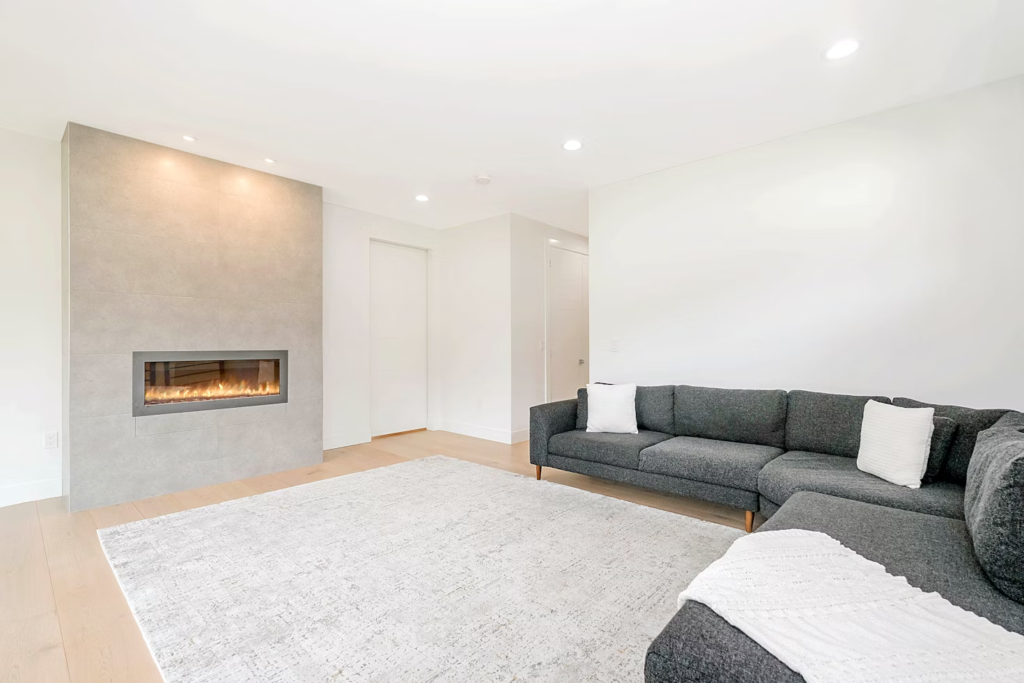
Assess the dimensions of your living space before starting to arrange your couches. Take into account where windows, doors, and architectural elements like built-in bookcases or fireplaces are located. To guarantee a good fit, measure the size of your couches as well as the available floor space.
2. Identify The Center Piece
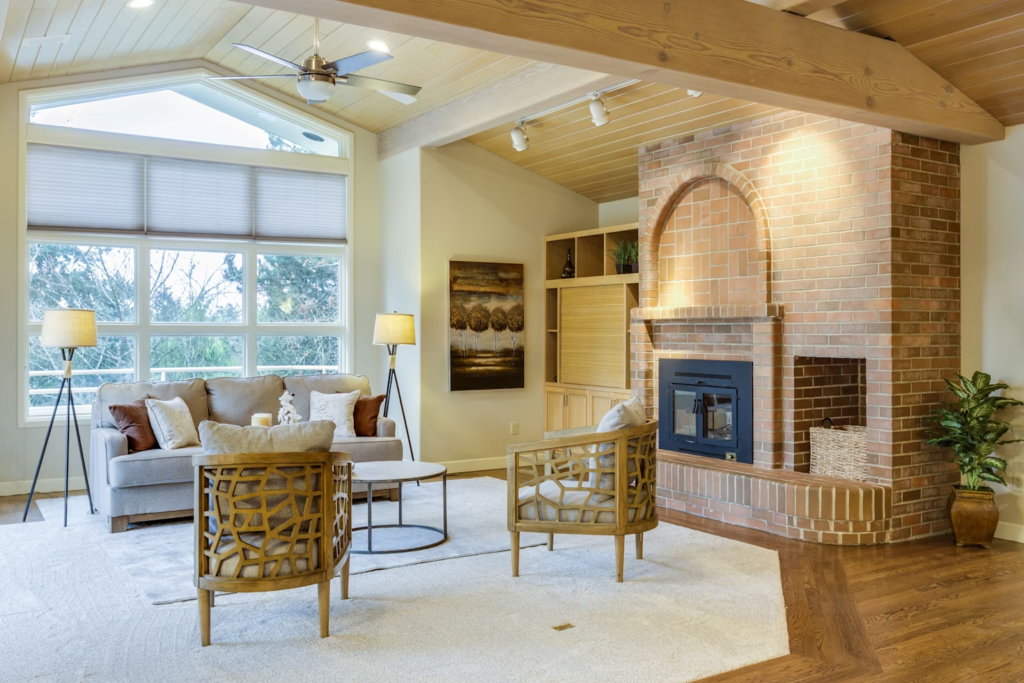
Decide which element in your living room will draw the most attention: a television, a painting, a fireplace, or a huge window with a view. Set up your couches so they face this main attraction to provide a unified and eye-catching arrangement. This configuration naturally highlights the room’s focal point and promotes unwinding and conversation, according to RedesignDaily.
3. Mark Out Zones In Your Mind
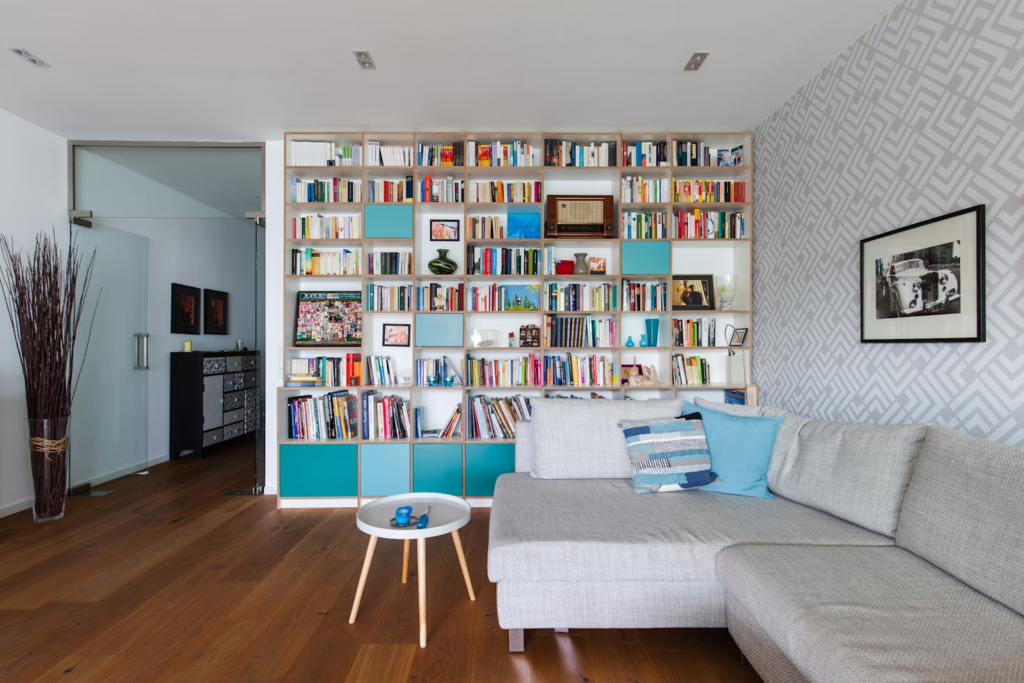
Depending on how you use the space, create functional zones in your living room. You might, for instance, have a reading nook with a comfy armchair and lamp, a seating area for watching TV, and a space for other pastimes like board games. Place your couches in a way that clearly delineates these areas while allowing for easy movement between them.
Read More: Poor Woman Nurses Sick Grandmother, Inherits Her Old Couch after She Dies – a Short Story
4. Consider Movement
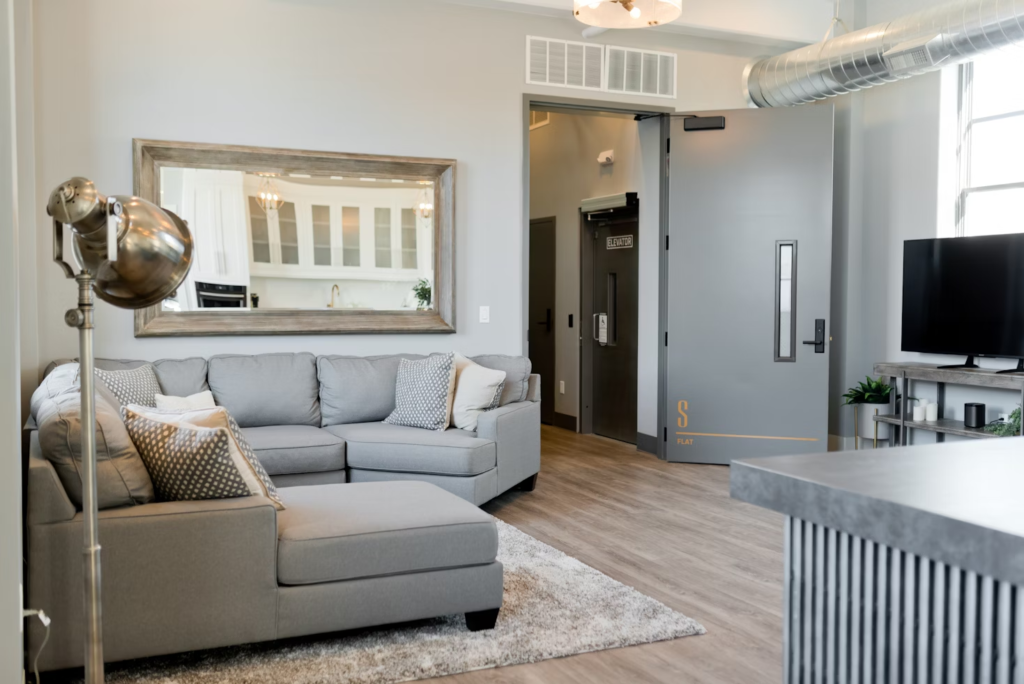
To keep the space from seeming claustrophobic or cluttered, make sure there are unobstructed routes between the couches and other furnishings. If you have a big family or regularly have visitors, arrange your couches such that they can be easily moved around the room.
5. Try Different Layouts
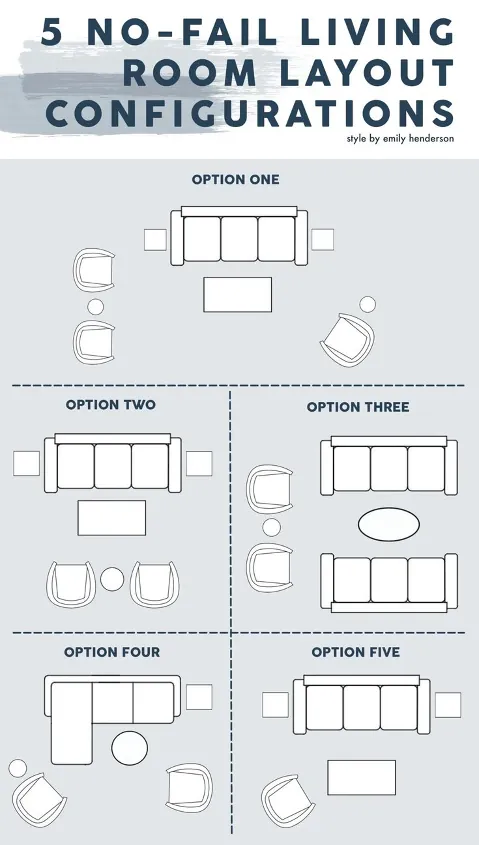
To locate the couch arrangement that best meets your needs and tastes, don’t be hesitant to try out a few various configurations. If rearranging the furniture is too challenging, you can replicate the configuration on paper. Here are two examples:
L-Shaped: To construct an L-shaped seating arrangement, either buy an L-shaped couch or place one couch perpendicular to another. This arrangement is ideal for open-concept living rooms as it promotes communication. Ensure that the couch is positioned in the center of the space, not against the walls.
Symmetrical Arrangement: To achieve a formal and well-balanced appearance, place two identical couches facing one another. For conventional or symmetrical living room designs, this arrangement works perfectly. If there is room, you can also add armchairs to each side.
6. Make Use Of Tables and Accent Chairs

Include side tables, ottomans, and accent chairs to balance your couch arrangement and give the space more visual appeal. To balance out the seating space or to fill up empty corners, place accent chairs strategically. Place side and coffee tables close to the couches so that they can be used as surfaces for décor, refreshments, and drinks.
7. Be Mindful Of Scale and Proportion
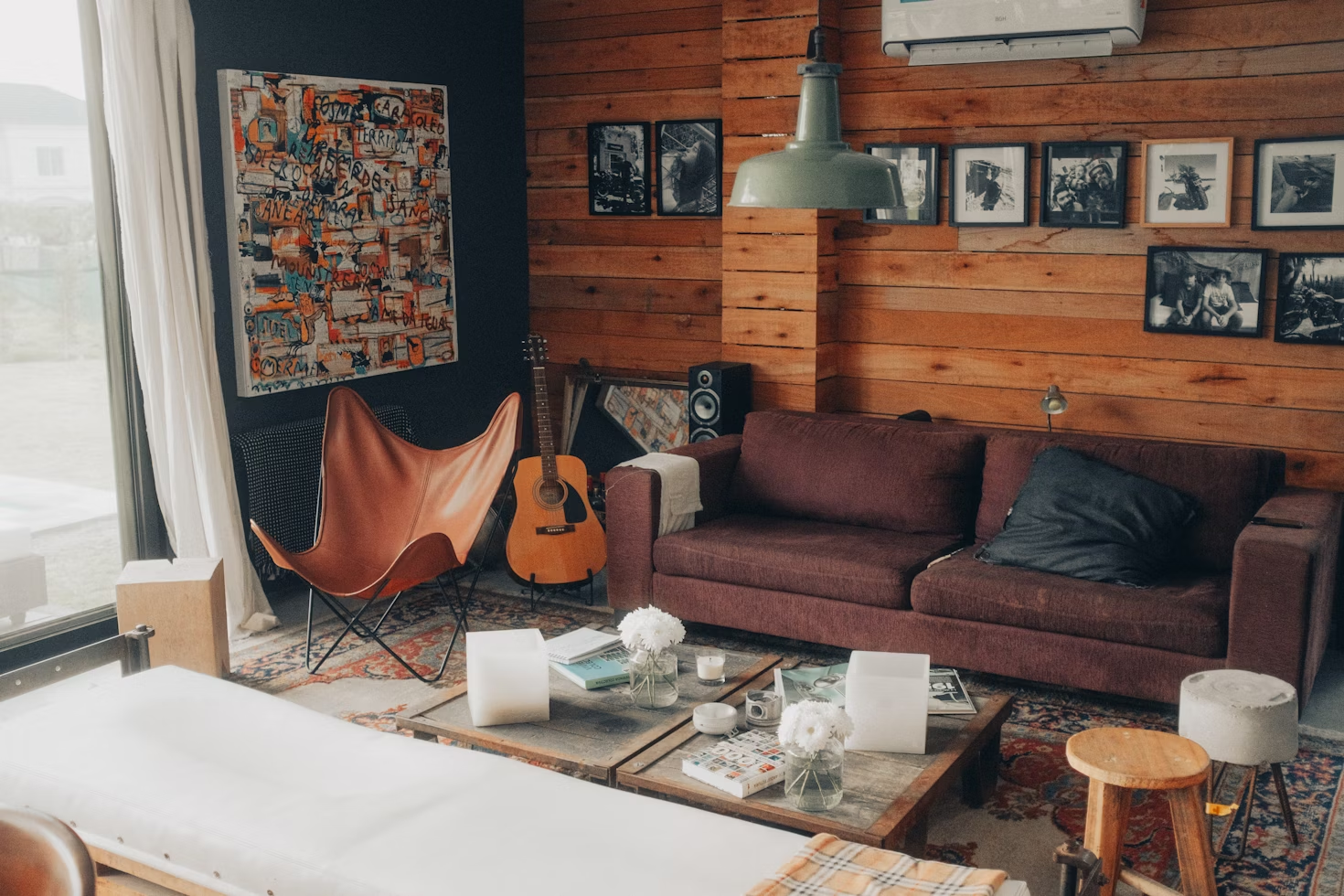
Make sure that the size of your living room and the scale and proportion of your couches match. Steer clear of packing the room with too many large items or making it appear empty with too many small items. Aim for a proportionate and balanced setup that provides ample seating without taking up too much or too little space in the room.
Read More: Weighted Blankets can Help Put You to Sleep and May Even Help Anxiety and ADHD
8. Give Your Own Touch
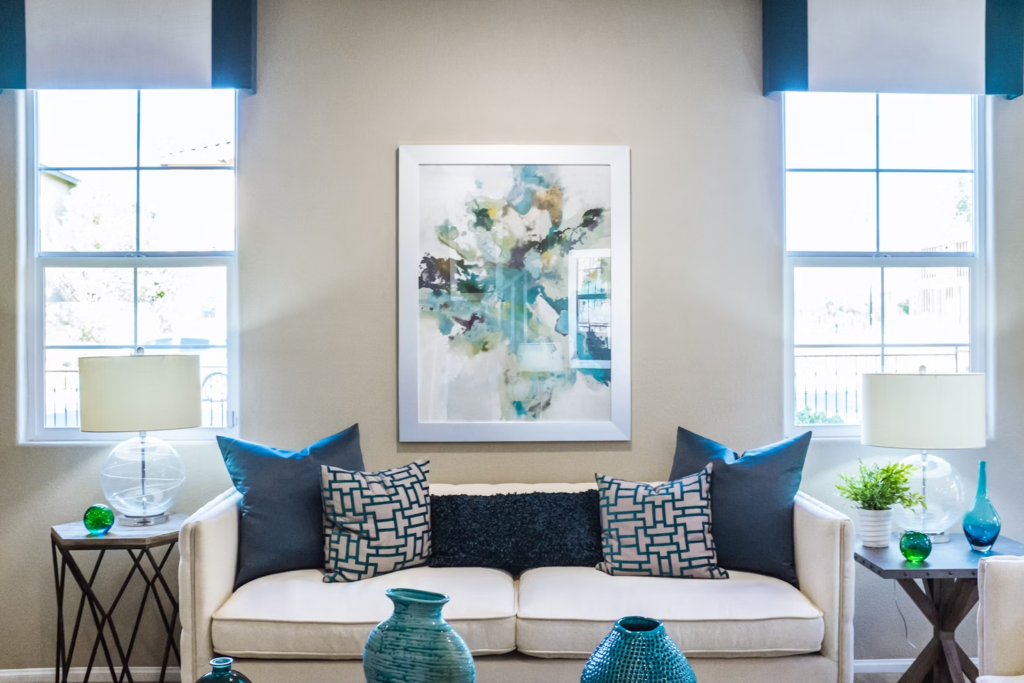
After your couches are placed, add throw pillows, blankets, artwork, and other accent pieces that express your sense of style and individuality to the room. Try varying the colors, patterns, and textures in your living area to give it personality and warmth. Now, that you have a fair idea of how to arrange your couches, here are 4 spots that you should NOT put them, if possible:
1. Against the Wall
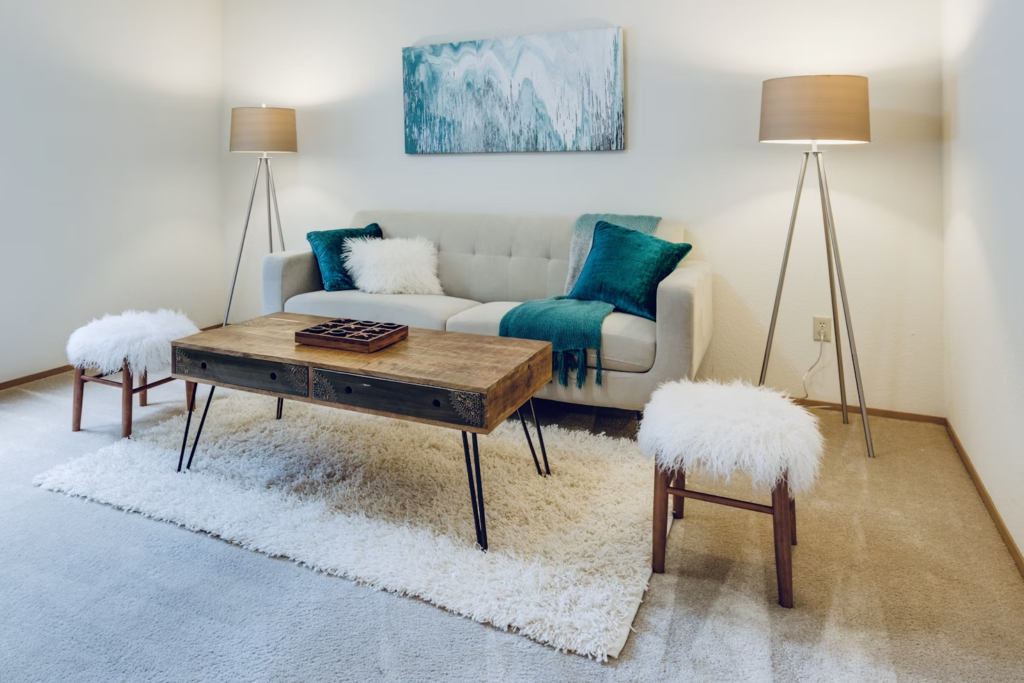
Even while it could seem natural to lean a couch up against a wall, moving it away from the wall can make the space appear more expansive and dynamic. This configuration can improve the flow of air throughout the space and add visual interest. It also makes maintenance and cleaning behind the couch easier.
If you have to put your couch up against a wall due to space constraints, pick the wall that acts as the room’s main focal point. This is a natural gathering spot where the couch should be positioned. Select a wall length that allows the couch to be comfortably positioned against other furniture or walkways; also, keep light switches, outlets, and wall-mounted décor out of the way.
2. In Front of Windows
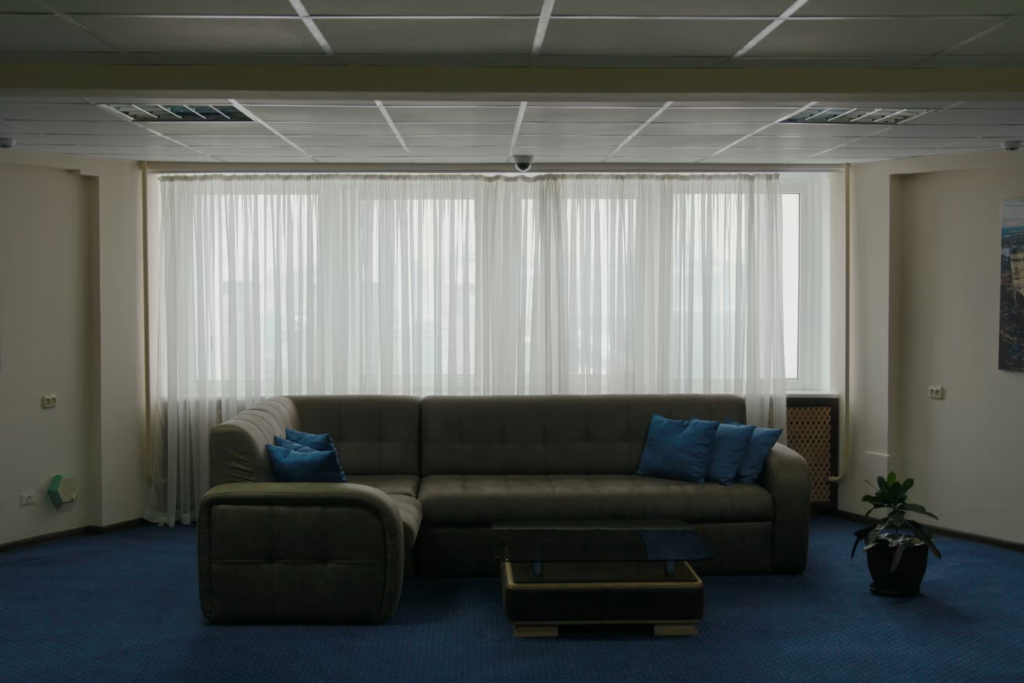
Putting the couch in front of the windows might block the view and natural light, which will change the mood and design of the living room. Additionally, it could give the space a more confined, smaller sense. Avoid doing it.
3. Under Fixtures
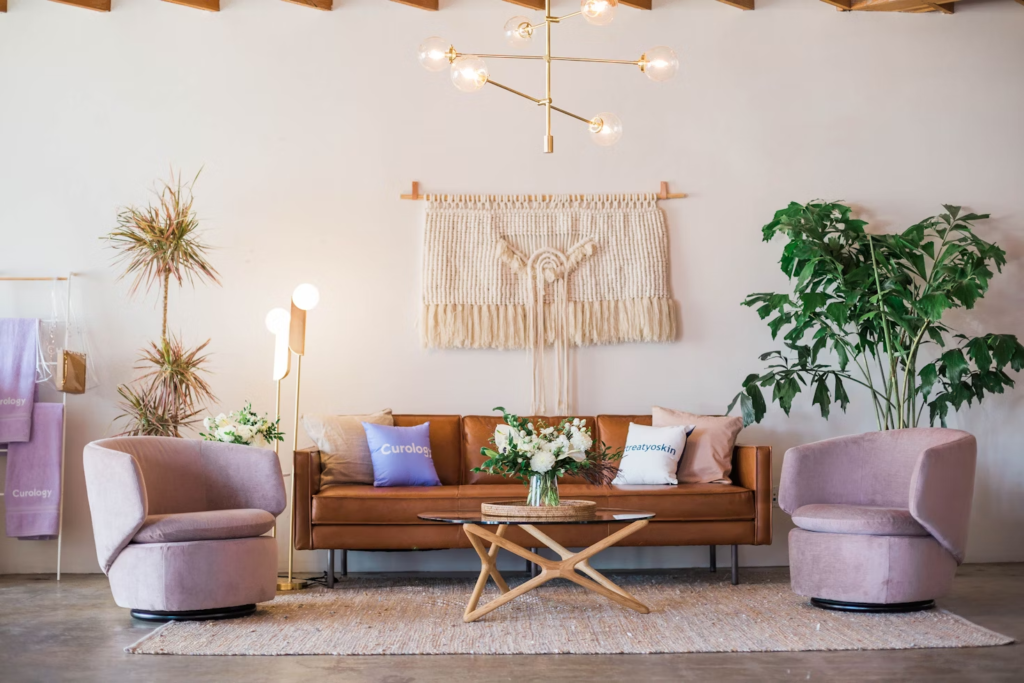
Directly under lighting fixtures, such as pendant lights or chandeliers, can provide bright lighting that might make it difficult to sit and unwind. Additionally, if you use the couch for gadget use or TV watching, there may be glare on screens. It also doesn’t look all that good.
4. Doorways
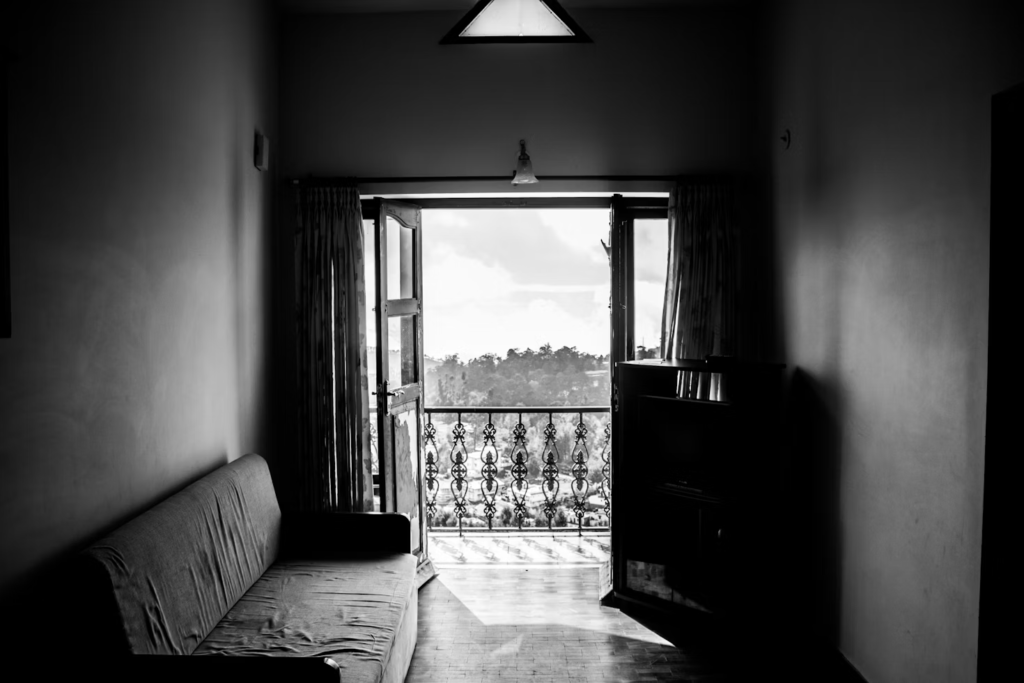
Refrain from putting the couch in places where a lot of people stroll by. This may cause the couch to deteriorate and make it more difficult for visitors to move about the space.
Read More: Couple and two kids ‘at breaking point’ after sleeping on sofa for two years
This content has, in part, been generated with the aid of an artificial intelligence language model. While we strive for accuracy and quality, please note that the information provided may not be entirely error-free or up-to-date. We recommend independently verifying the content and consulting with professionals for specific advice or information. We do not assume any responsibility or liability for the use or interpretation of this content.

